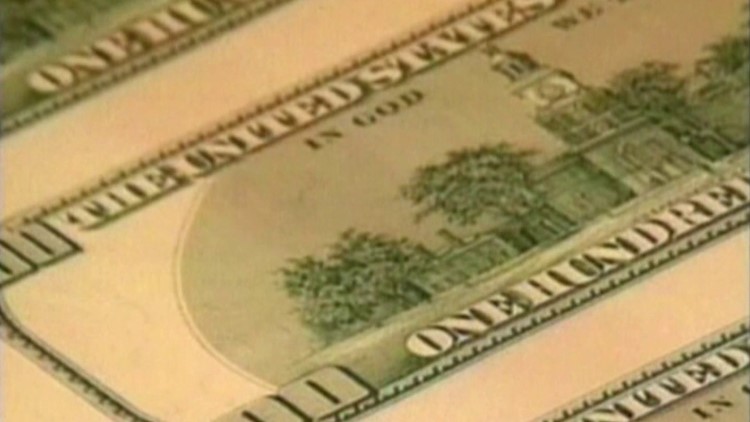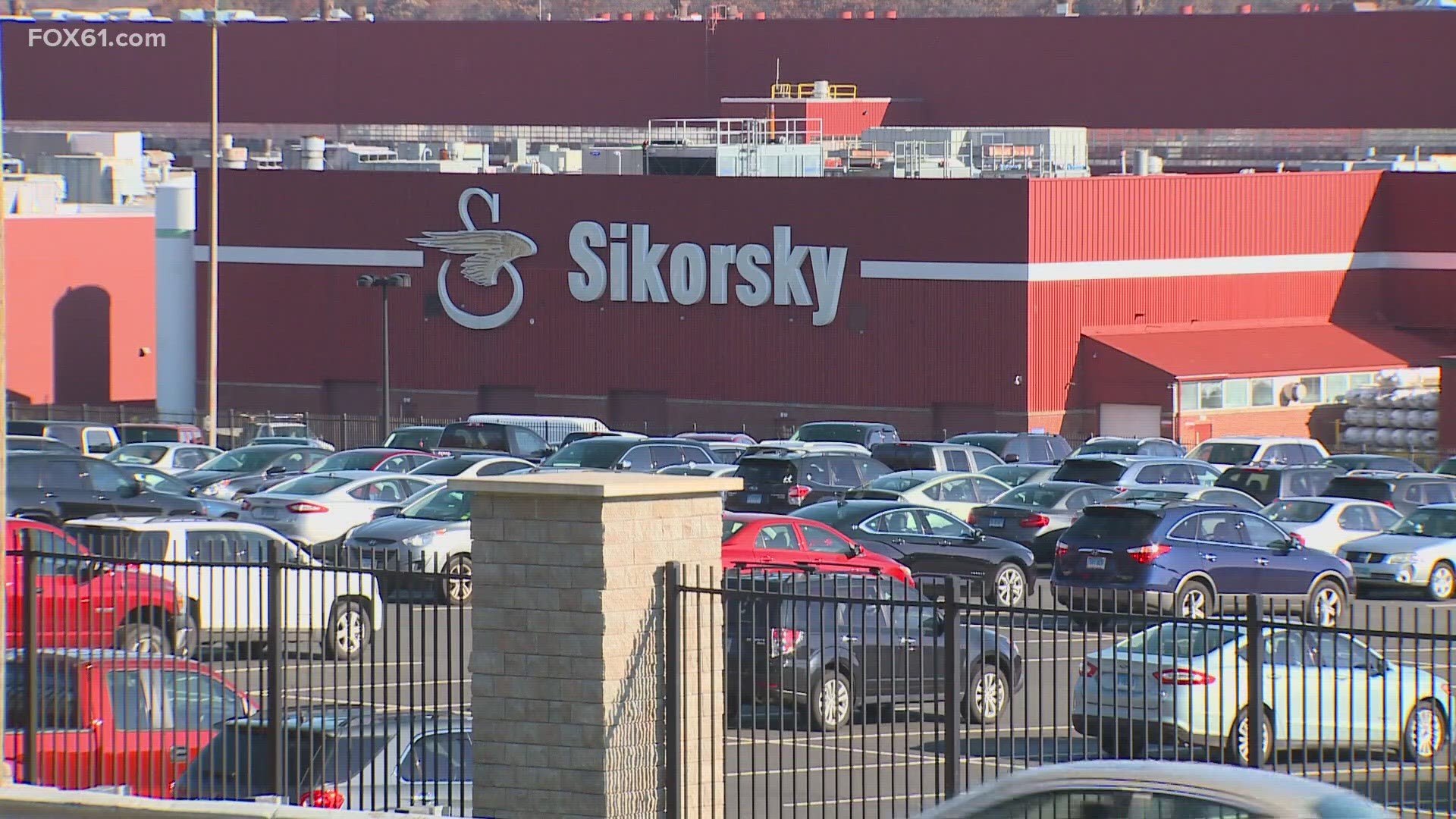WASHINGTON – The Federal Reserve is keeping interest rates at historic lows for at least another month.
Pressure had been building as to when the U.S. central bank would hike rates from near-zero after Fed Chair Janet Yellen said in recent congressional testimony that it would likely be later this year.
However, Yellen says a rate hike is still likely this year. The majority of officials on the committee setting the federal funds rate — which controls the interest banks charge each other — still see higher rates coming before 2016.
“October, it remains a possibility,” she said.
What does that mean for you?
Whenever it comes, a rate hike will have implications for millions of Americans who are looking to buy a home or car, have credit cards, savings accounts, 401(k)s or money in the stock market.
The first rate hike won’t be a game changer overnight. But it would pave the way for more hikes over the next year or two, and rates on all types of things will gradually move up, experts say.
So what does a rate hike mean for each different facet of your life?
Well, the first move is expected to be small — a maximum of about 25 basis points, or an increase to 0.25 percent from 0 percent. In the world of interest rates, that’s like bunting a baseball.
Rates on homes and cars will go up, but the current rates are already at historic lows–a 30-year fixed mortgage interest rate averages just under 4 percent at the moment, compared to 7.5 percent 20 years ago.
Meanwhile, a rate hike would actually help those with savings accounts. For the last few years, interest rates on basic savings and COD accounts have remained near 0. It will take time for savers to see real differences, but if the feds act as expected, by the end of 2017 interest rates may be more typical again.
For those who like to make money in a more riskier fashion, get ready to hold onto your bootstraps.
Both the stock market and money invested in 401(k)s may see some roller coaster action if and when the feds increase interest rates. The past month has seen a volatile stock market, and that could only get worse with increased rates because it often causes investors to pull their money out of developing economies, like India and Mexico.
Already this year, investors have pulled $1 trillion out of emerging markets. If you own stocks in overseas markets, it could be a rocky few months, but that doesn’t mean you should sell, sell, sell. In fact, it could be a good time to buy while the numbers are low, and will eventually rise again.
Why did the feds hold off?
Fed officials held off Thursday after a two-day meeting because inflation is running well below their 2 percent objective and “recent global economic and financial developments may restrain economic activity somewhat.”
It’s extremely rare for Fed officials in their statement to highlight the risks posed by foreign economies. This means that they’re carefully monitoring the aftershocks from a slowdown in China and other emerging markets, in addition to struggles by Europe to increase economic growth.
China’s economy has slowed for four straight years — from 10.6 percent in 2010 to 7.4 percent last year. The International Monetary Fund expects the Chinese economy to grow just 6.8 percent this year, slowest since 1990.
A 1 percentage point decrease in China’s economic growth would reduce U.S. growth by 0.2 percentage points, according to estimates by Mark Zandi, chief economist at Moody’s Analytics.
Fed officials will also meet again in December before year-end.
Impact on stock market
Reaction to the Federal Reserve’s decision to hold off on raising interest rates was muted on the stock market, but bond prices rose as investors expected inflation to remain tame.
The Dow Jones industrial average was up 38 points, or 0.2 percent, to 16,775 at 2:30 p.m. Eastern time
That’s about where it was a half-hour earlier, when the Fed made its announcement.
The Standard & Poor’s 500 was up seven points, or 0.4 percent, to 2,002 and the Nasdaq composite increased 27 points, or 0.6 percent, to 4,917.
Bond prices rose. The yield on the 10-year Treasury note fell to 2.22 percent from 2.30 percent late Wednesday.
The yield on the two-year Treasury note fell to 0.72 percent from 0.81 percent the day before.
Why delay the rate hike
Federal Reserve officials’ projections for the U.S. economy help to explain why the central bank delayed a rate hike.
Fed officials revised down inflation. The median estimate for inflation is now a modest 0.4 percent this year, down from 0.7 percent in the June projections. The Fed targets inflation at 2 percent, a level the projections say won’t be achieved until 2018.
This indicates that they’re still waiting for signs that inflation — which has largely faded because of cheaper oil prices and a stronger dollar — will pick up.
Fed officials see growth as slightly stronger this year than they did in June. They also anticipate the unemployment rate falling from its current 5.1 percent to a median of 4.8 percent next year.
Additional reporting by CNN and Associated Press



